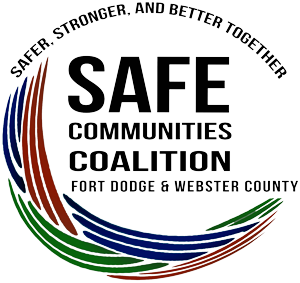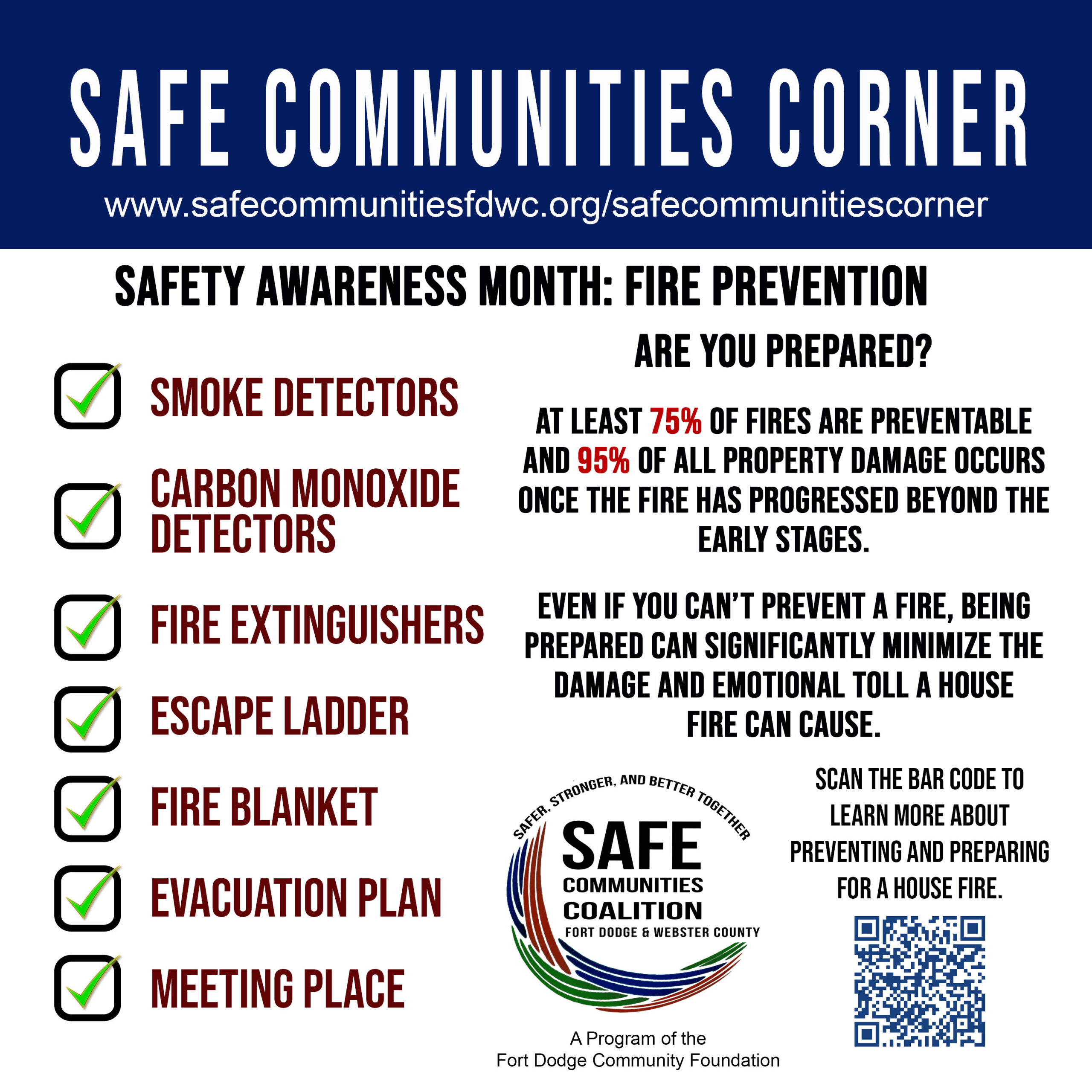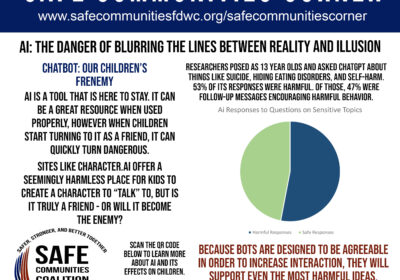When it comes to fires, you want to “hope for the best, but plan for the worst.” 75% of housefires are preventable with some simple steps.
To safeguard your home from fires, first and foremost, you want to make sure that you have functioning smoke and carbon monoxide detectors on each floor of the house. Along with regularly checking these devices, check appliance cords to ensure they are in good working order and not overloaded.
When cooking it is important to not leave your culinary masterpiece unattended. Make sure that the cooking surfaces are clean and free of clutter, especially flammable items like dish towels, and paper products.
Other precautions to be mindful of include turning off and unplugging space heaters when you leave a room, making sure candles aren’t left unattended, and storing flammable liquids safely. Plugged dryer vents are also a main cause of house fires, so check and clean those regularly.
A fire extinguisher is the most important prevention tool to have on hand. Knowing the type of extinguisher you need is important. Check out this video to learn more about the different types of fire extinguishers. Once you pick out the extinguisher you need, teach everyone in the house how to use it. P.A.S.S is a good acronym to think of: Pull the pin, Aim at the base of the fire, Squeeze the trigger, and Sweep across the fire. Escape ladders for windows above the first floor should be on hand in rooms where a window will need to be used to evacuate. Fire blankets are also a good idea to have on hand. To shop for fire safety supplies click here.
Evacuation plans and communicating a meeting place can save time in an emergencey and give peace of mind when you know that everyone knows what to do. You can find a checklist for creating your evacuation plan here.
Check with your insurance agent to see what your coverage is when it comes to a fire, particularly if you are a renter. Knowing your coverage ahead of time can make claim processing easier and will help you avoid surprises and additional stress.
95% of damage from a fire occurs after a fire has spread beyond its initial stage. Being prepared with the proper tools and good communication can significantly minimize the effect of a fire on your home and emotional state.




